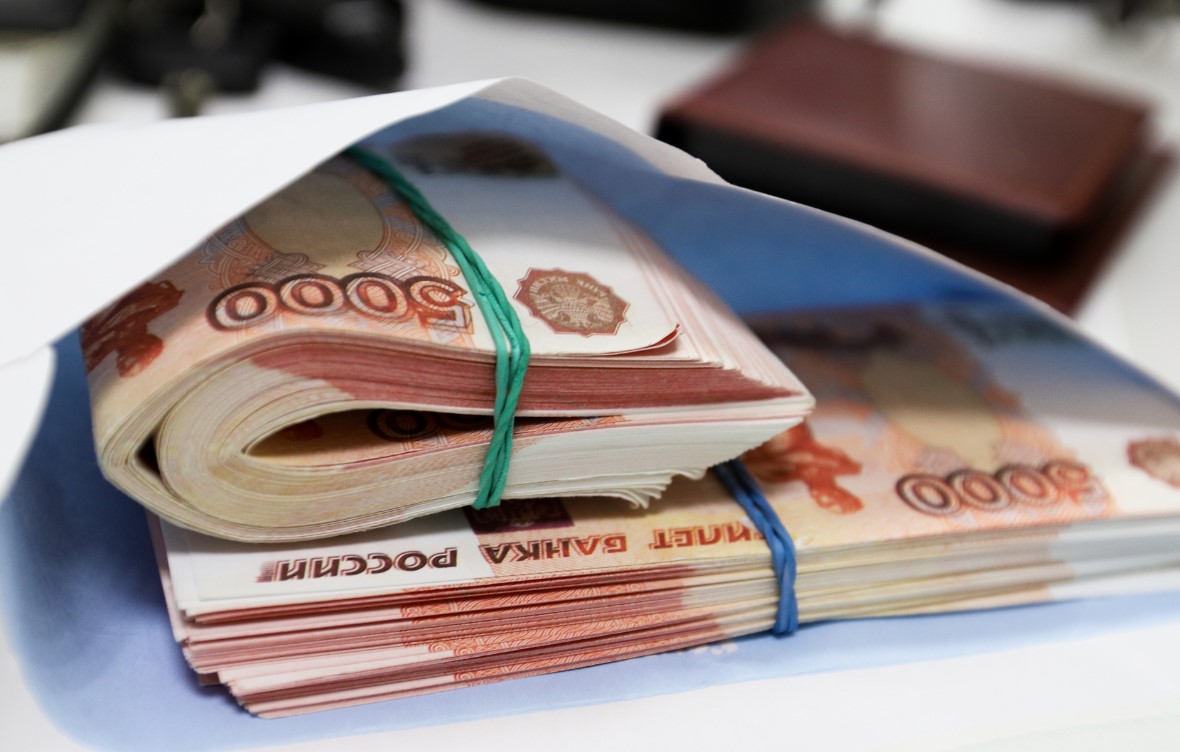Gazprom vs Lukoil: Which Energy Stocks to Choose for Investors
1. Market Capitalisation and Liquidity
1.1 Size and Dynamics of Capitalisation
As of the end of 2024, the market capitalisation of PJSC Gazprom exceeded $5.2 trillion, while PJSC Lukoil's was around $80 billion. Over the past five years, Gazprom's capitalisation has grown by an average of 3% per annum, bolstered by stable dividends and large-scale infrastructure projects, whereas Lukoil has increased its share value by 5% through expanding oil production in the Arctic and overseas assets.
1.2 Free Float and Liquidity
Gazprom's free float stands at 49.8% of the total number of shares, resulting in average daily trading volumes of $1.5–2 billion. Lukoil has a higher free float of 60%, but its daily trading volumes of $300–400 million reflect less interest from institutional investors.
1.3 Implications of Liquidity
For large funds, the high liquidity of Gazprom allows for entry into positions without significant slippage, while Lukoil is better suited for long-term investors willing to accept a slower transaction speed.
2. Dividend Yield and Policy
2.1 Historical Yield
From 2015 to 2024, Gazprom's dividend yield ranged from 5% to 12%. Key payouts included: 6.5% in 2015, 8.2% in 2018, 10.5% in 2022, and 10% in 2024. During the same period, Lukoil's yield ranged from 6% to 9%, with figures of 6.7% in 2015, 7.8% in 2019, and 8% in 2024.
2.2 Payout Ratio and Stability
In 2024, Gazprom allocated 44% of its net profit to dividends, while Lukoil allocated 45%. However, Gazprom’s payouts fluctuated significantly during the sharp drop in gas prices in 2020, only to recover in 2022 due to a pivot towards Asia, whereas Lukoil exhibited a steadier trend due to project diversification.
2.3 Tax Aspects and IIS
For residents of the Russian Federation, dividends are subject to a personal income tax of 13%. An investment account (IIS) can yield a tax deduction of up to 52,000 ₽ when investing 400,000 ₽ per year, thereby increasing the effective yield by 13% on dividends.
3. Fundamental Multipliers
3.1 P/E and Comparison
At the end of 2024, Gazprom's P/E ratio was 6.5× while Lukoil's stood at 8×. The lower P/E of Gazprom indicates a greater level of undervaluation from a fundamental perspective but takes into account higher CAPEX and gas price risks.
3.2 EV/EBITDA and Debt Load
Gazprom's EV/EBITDA is 3×, compared to Lukoil's 4.5×. The Debt/EBITDA ratio for Gazprom is approximately 0.6×, while for Lukoil, it is 0.4×, reflecting Lukoil's more conservative financial policy.
3.3 FCF and Margin
For 2024, Gazprom reported free cash flow (FCF) of 1.8 trillion ₽, with an FCF margin of around 25%. In contrast, Lukoil's FCF was 450 billion ₽, translating to a margin of approximately 20%. The higher margin for Gazprom can be attributed to its lower production costs in Russia.
4. CAPEX and Development Projects
4.1 Gazprom's Investments
Gazprom's CAPEX for 2025 is projected at 1.5 trillion ₽ (15% of revenue). Major projects include the Power of Siberia-2, Arctic LNG-2, and expansion of the gas distribution network.
4.2 Lukoil's Investments
Lukoil's CAPEX is estimated at 400 billion ₽ (8% of revenue), with projects such as the upgrade of oil refineries in Kirishi, development of the Prirazlomnoye field, and international projects in Iraqi Kurdistan.
4.3 ROI and Prospects
Expected returns on Gazprom’s projects are in the range of 12–14%, whereas Lukoil anticipates 15–18%. The higher ROI of Lukoil compensates for its smaller scale, although Gazprom's projects hold strategic significance for the budget.
5. Macroeconomic and Political Risks
5.1 Sanctions and Exports
The EU has restricted Gazprom’s access to key markets, while Lukoil is shifting its focus to West Africa and Asia. This impacts revenue, with Gazprom losing 20% of its exports and Lukoil increasing its exports to Africa by 15%.
5.2 Energy Prices
Sensitivity model: a $100 change in gas prices per 1,000 m³ affects Gazprom’s revenue by 400 billion ₽ annually, whereas for Lukoil, a $1 change in oil prices translates to 130 billion ₽.
5.3 Currency Risks
If the rouble strengthens to 70 ₽/$, Gazprom could lose up to 10% of its net profit, compared to Lukoil's 5%, due to its more diversified revenue correlation across currencies.
6. ESG Indicators and Corporate Governance
6.1 Environmental Initiatives
Gazprom aims to reduce methane emissions by 30% by 2030 and has launched the Clean Shore project. Lukoil is engaged in CO₂ capture projects and biodegradable oil products.
6.2 Governance and Transparency
Both issuers have boards with independent members, but Lukoil receives higher marks for separating the roles of CEO and chairman of the board.
6.3 Social Programs
Gazprom invests in gasification projects across 30 regions, whereas Lukoil supports educational and cultural initiatives, reflected in their stable S&P ESG ratings (~65/100 for both).
7. Technical Analysis and Market Trends
7.1 Gazprom’s Trend
The 50/200-day moving averages crossed upward in Q1 2025, indicating the beginning of long-term growth. Trading volumes have increased by 15% quarter on quarter.
7.2 Lukoil’s Trend
The stock is consolidating in a sideways range of 6,000–7,000 ₽, while the RSI is in the 60–70 zone, suggesting accumulation before a potential breakout.
7.3 Buy/Sell Indicators
The MACD indicator for Gazprom shows a bullish crossover, while Lukoil is experiencing RSI divergence, signalling a potential reversal.
8. Practical Recommendations and Portfolio Strategy
8.1 Diversified Portfolio Model
Recommended structure: 10% Gazprom, 7% Lukoil, 5% corporate bonds in the energy sector, 8% global energy ETFs, and 10% liquid government securities.
8.2 Holding Horizon
For Gazprom, an optimal holding period would be 1–3 years with fixed dividends; for Lukoil, a longer horizon of 3–5 years is advised to benefit from project ROI growth.
8.3 Dollar-Cost Averaging
The dollar-cost averaging (DCA) method through monthly purchases allows investors to mitigate the impact of price volatility on entry levels.
9. Historical Cases and Lessons for Investors
9.1 Case Study 2014–2015
During the oil price slump, Lukoil maintained its payouts while Gazprom cut dividends by 30%, underscoring the importance of diversifying export routes.
9.2 Case Study 2019–2020
The COVID-19 pandemic led to decreased demand: Gazprom shares fell by 25%, while Lukoil's declined by 20%. Investors who averaged down their positions enhanced their returns by 2022.
9.3 Investor Takeaways
A key lesson learned is the combination of fundamental and technical analysis: Gazprom serves as a dividend play, while Lukoil represents capital growth potential.
10. Conclusion
Gazprom and Lukoil represent two distinct approaches within the energy sector: the former as a dividend leader with scale and high yield, and the latter as a company with effective projects and higher ROIs. Investors should consider their own objectives and investment horizons. A diversified portfolio that includes both issuers, along with global ETFs and bonds, can help achieve a balance between yield and risk.




